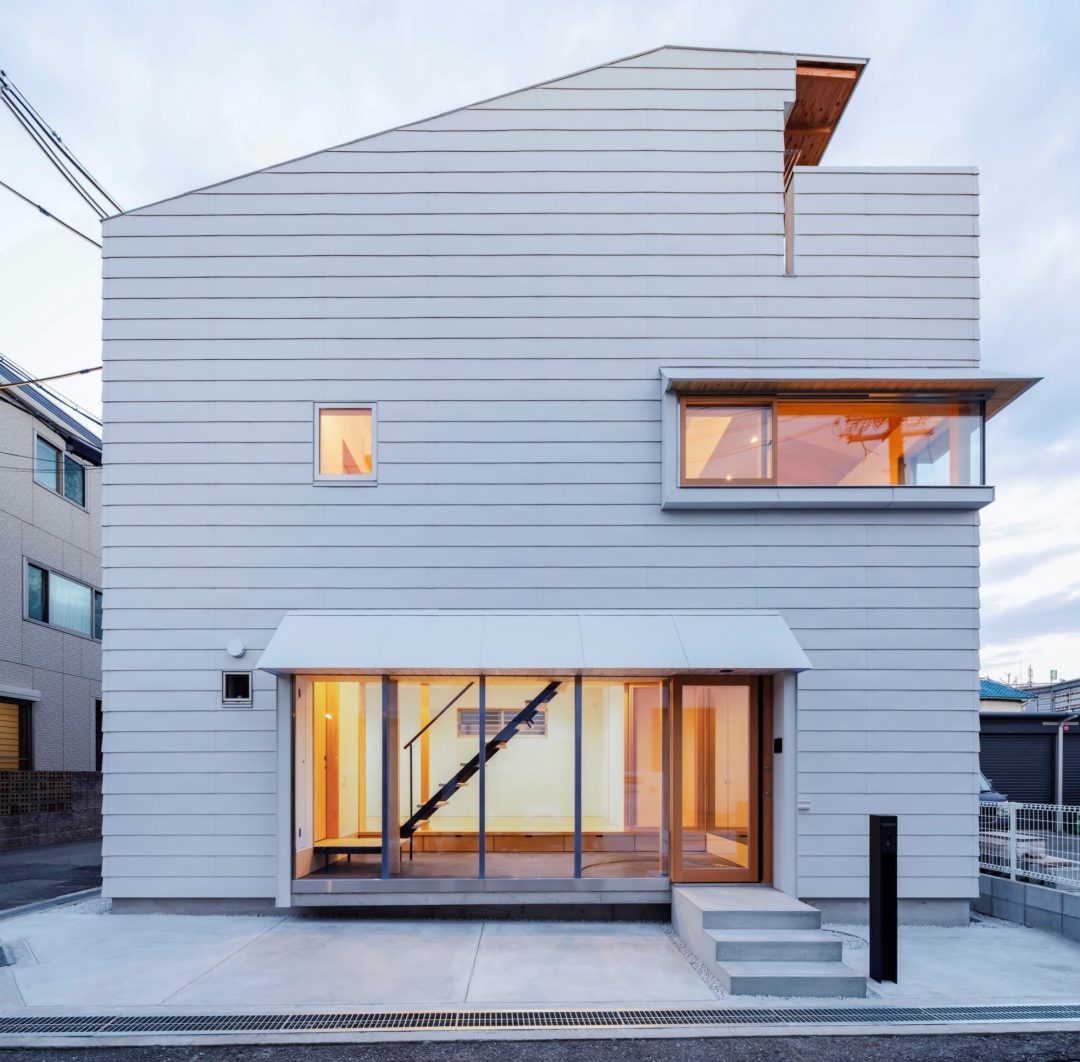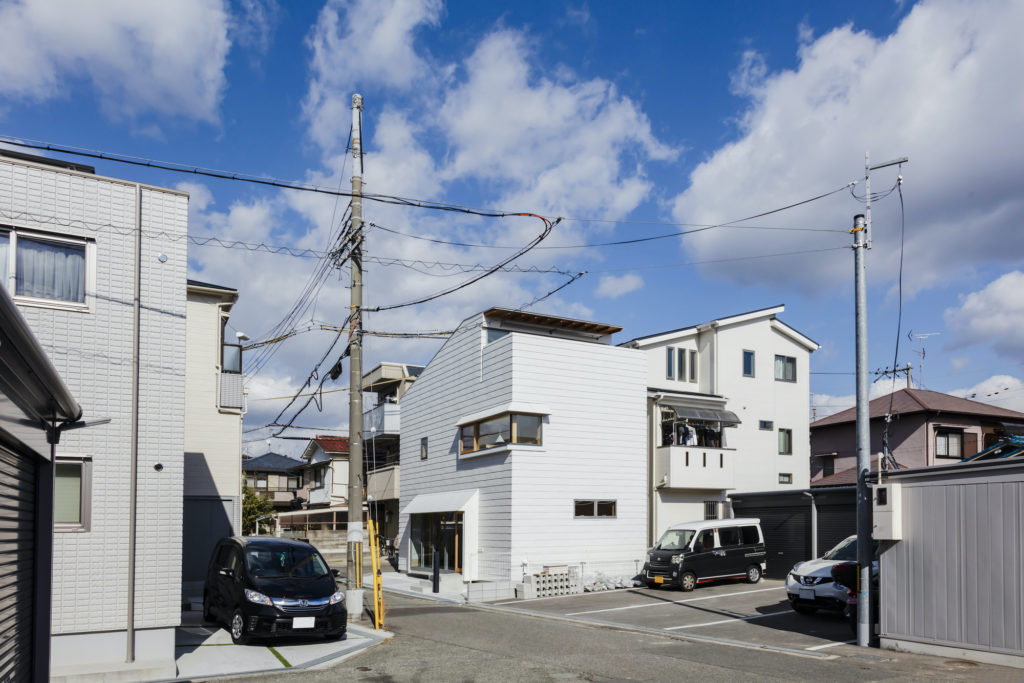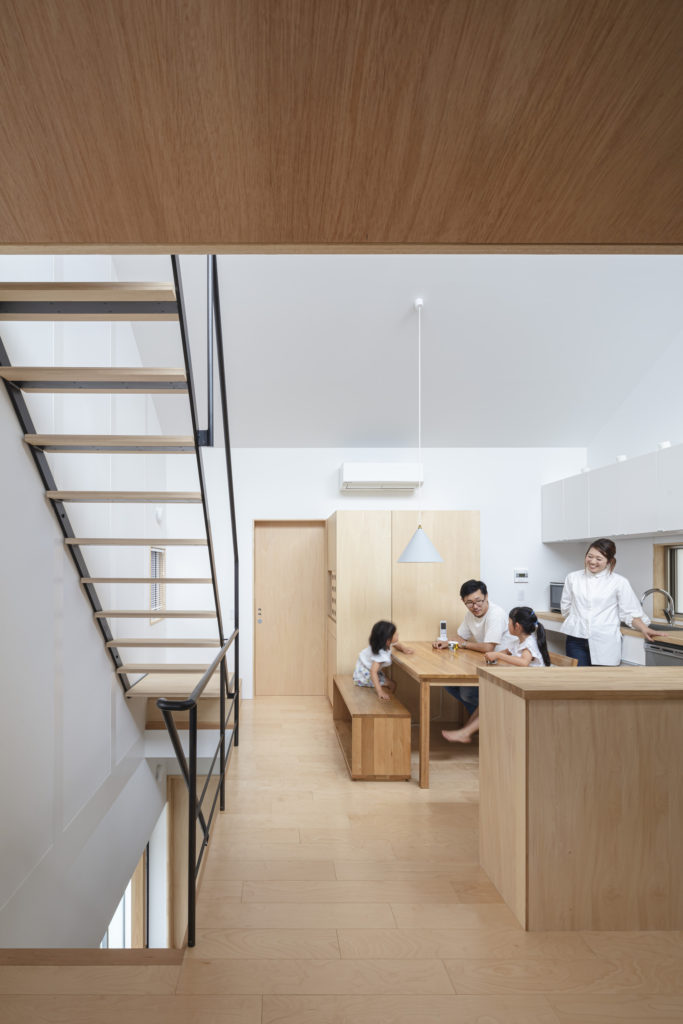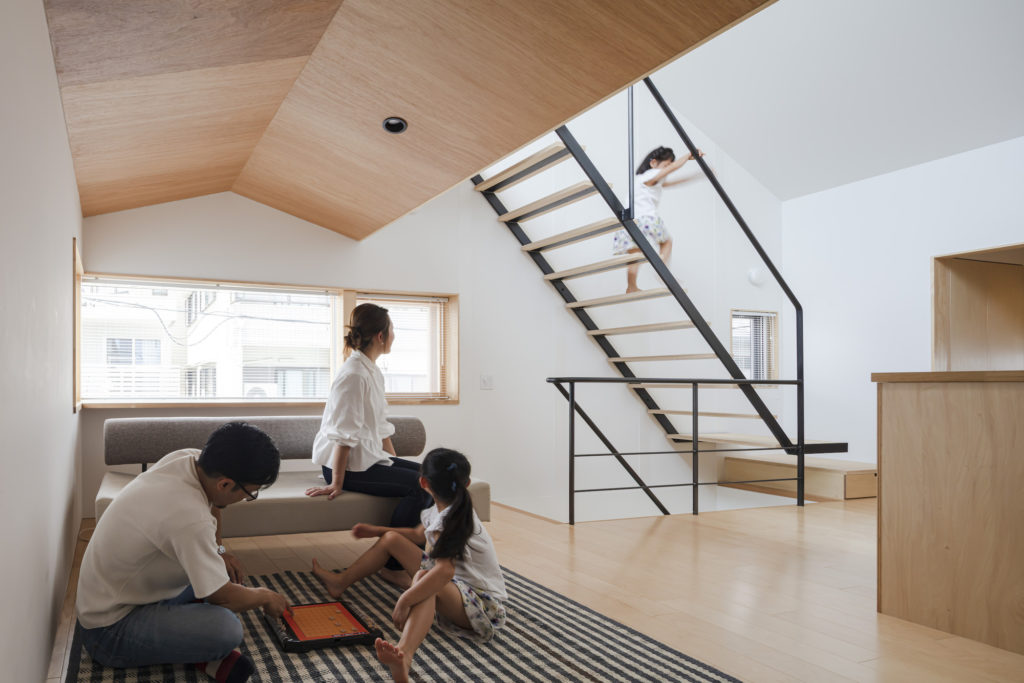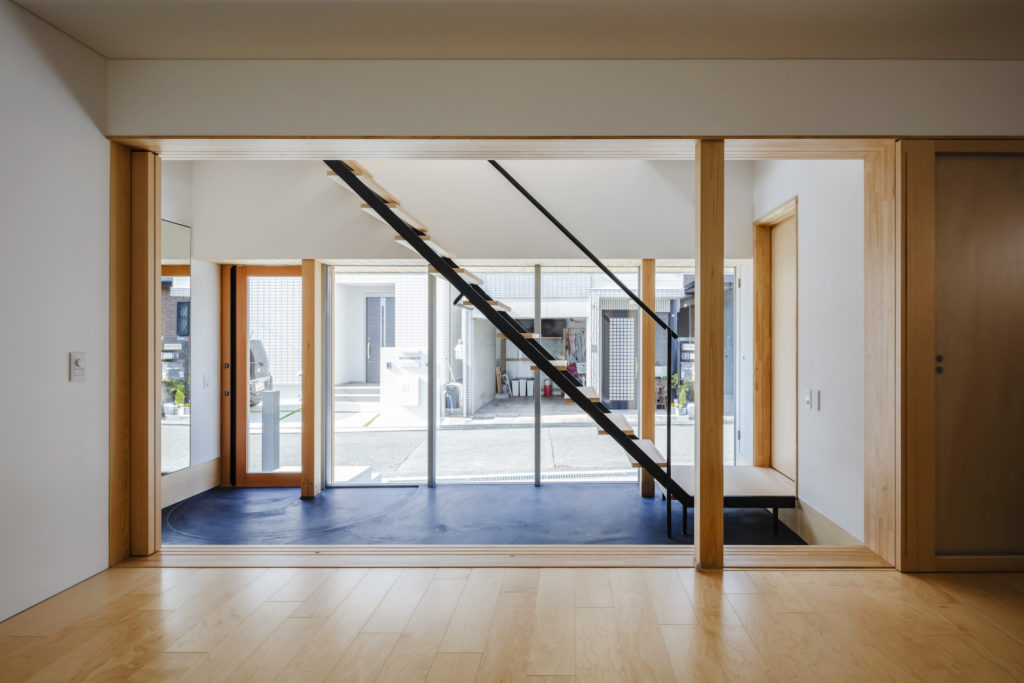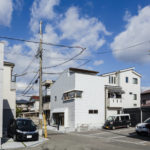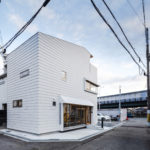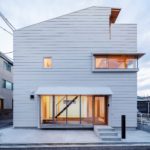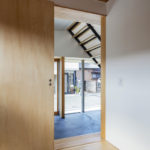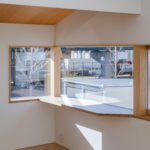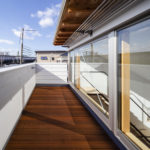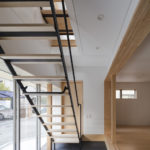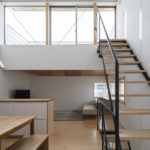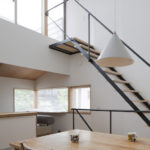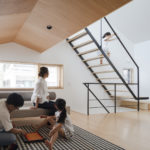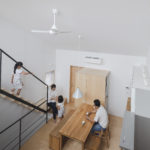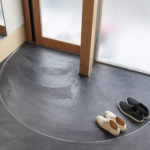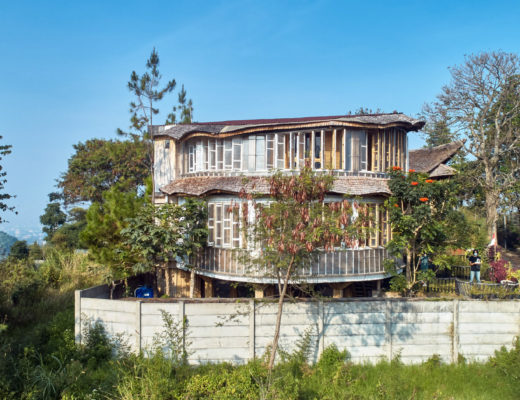Designed by Hisashi Ikeda, founder of his eponymous practice, House Y is located in a dense residential area near the highway in Ishibashi area in Osaka. One of the main challenges is the site area – 82m² – which is the smallest specified by the city’s building regulations. To build a rich living environment on this compact site between the dense areas of small houses and the long scales of highways, Ikeda designed it with rational floor plans and various cross-section operations.
In order to effectively use the limited floor space, the floor plan organises the flow lines and takes into consideration future changes in the family structure. While guaranteeing the functional aspects of the house with a plan, each space is different, such as the ceiling form and finish of each room, the fittings, various openings, frames, the use of large walls and true walls, and such features have been deliberately designed for a light, airy and functional house.
For example, the children’s room separated by doma (the space between indoors and outdoors) using sliding doors is a typical Japanese feature. The master bedroom, on the other hand is designed like a tent with a small entrance and a square roof like ceiling, the LDK with a high ceiling, and the high sidelights you see the sky through is made like a plaza in the house.
Even in a small house, going back and forth between different creative spaces creates a depth of experience. “I wanted to take advantage of the richness of the space by organising a small house as a group of parts,” explains Ikeda.
In this house, this organisation is seen in the doma space at the entrance and the roof balcony in the place farthest from the entrance. It was planned that a space with an external character would appear at the beginning and end of the residents’ experience. Although the doma space is primarily marked as an area for taking off shoes, it is a bright space that can actually function as an alternative living room if required.
Since there was no room for a garden on the ground on this site, a place like a garden was set up in the house. It is interesting that these spaces are similar to the street garden and courtyard of the Machiya traditional house in Japan. Ikeda likens this house to a modern-day Machiya.
See the full image gallery here:
Photos: Nao Takahashi
You might also like:
Hearth Architects designs wooden house with two separate delta roofs in Japan’s Koga-shi town

